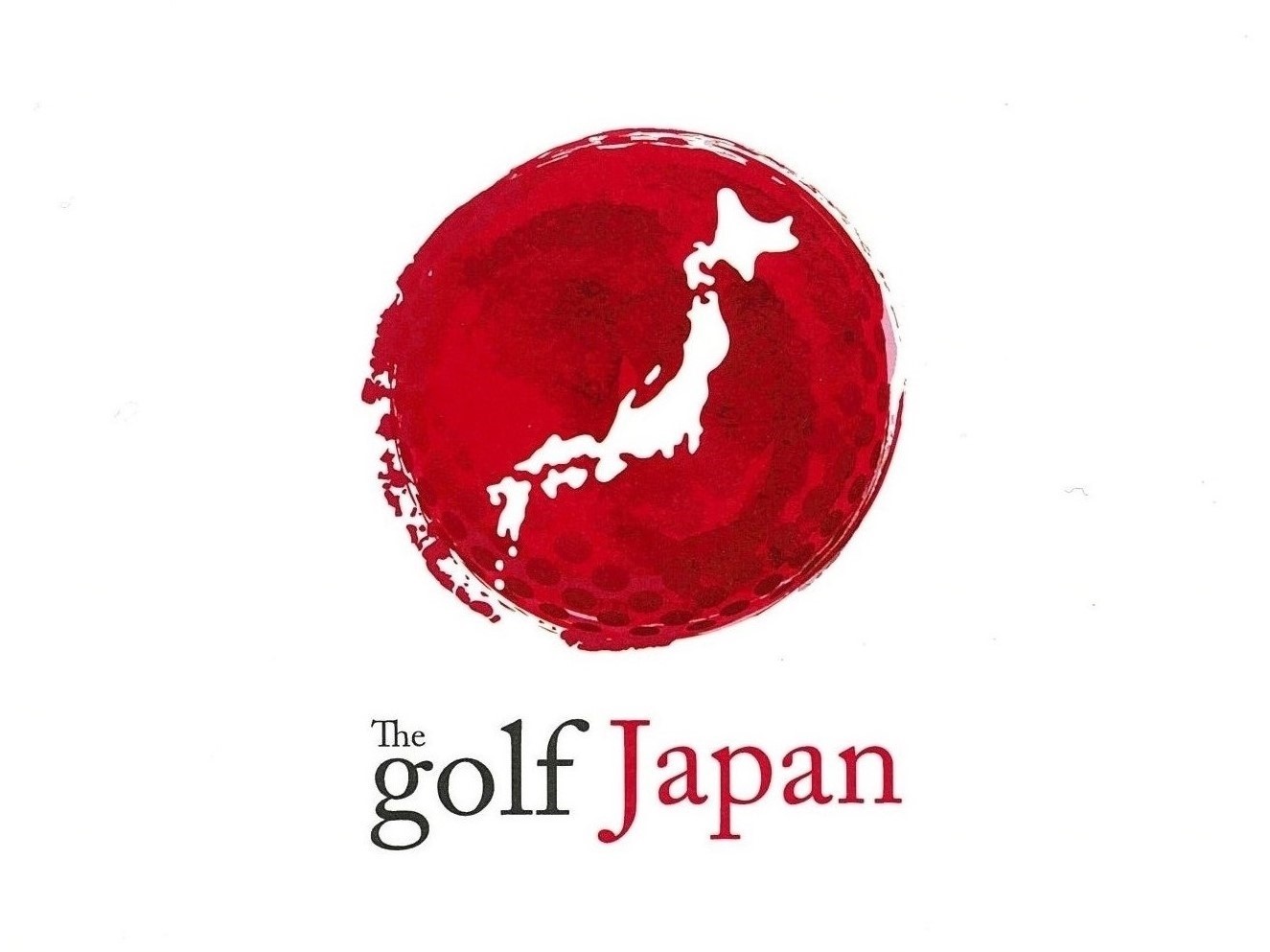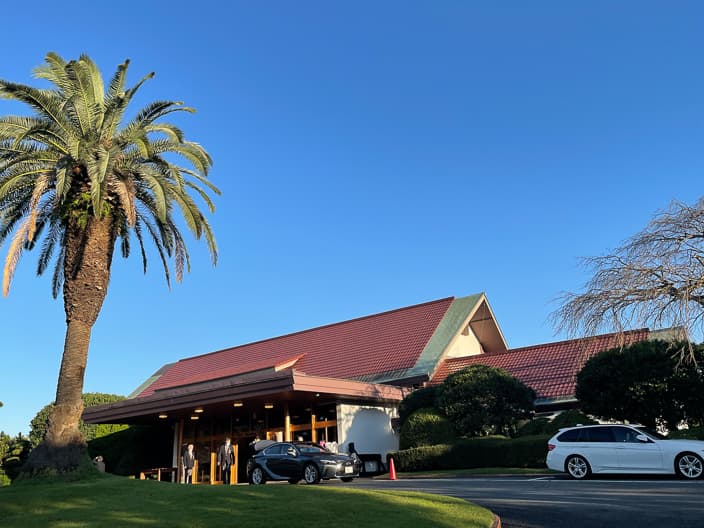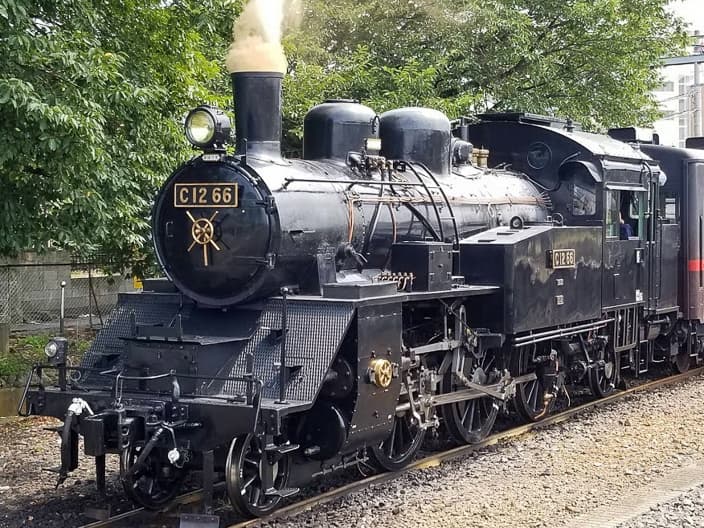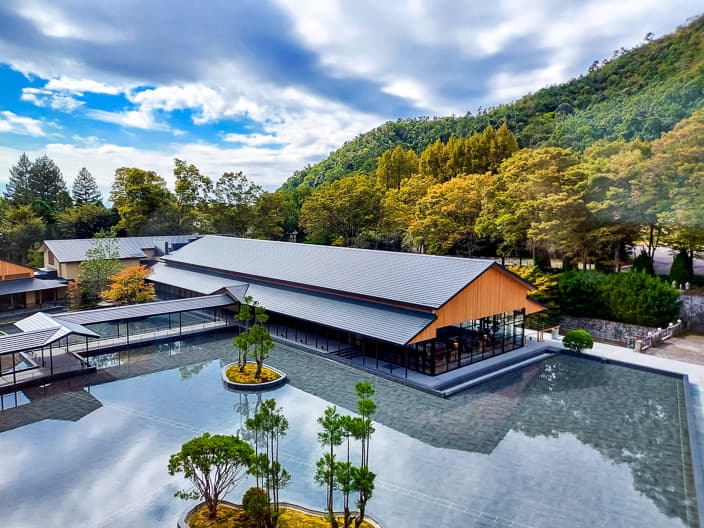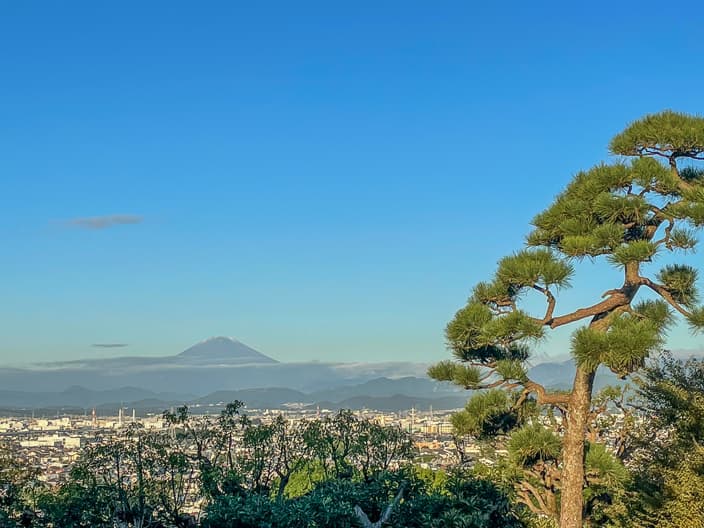
Recently, the security environment surrounding Japan has reached a major turning point due to the rise of China, etc., but the current “Japan-US Security Treaty”, which is the pillar of that security, was signed in January 1960. Last year we celebrated the 60th anniversary of the conclusion.
At that time, the Cabinet of Nobusuke Kishi had set the conclusion (revision) of this treaty as the biggest policy goal, but when they first visited the United States in June 1957 and met with President Eisenhower, they first went to the golf course. It is said that after playing golf, they took a shower together to deepen the relationship of trust and successfully concluded the treaty. By the way, Kishi recalls the tee shot scene of the day, saying, “The most tense shot in my golf life was the best shot of my life.”
Dwight D. Eisenhower is the hero who led the Allied forces to victory on the European front in World War II, and even after becoming president from the Army Marshal, he was responsible for steering the United States during the Cold War and has been highly evaluated by the people. He is also famous as the most golf-loving president in history, and is said to have played 100 rounds a year even during his term of office, contributing to the expansion of golf’s popularity.
As a result, he was inducted into the “Golf Hall of Fame” in 2009 as a special meritorious person. There was also an anecdote that the president, who had a heart condition, had an “Ike (President’s nickname) rule” that allowed him to hole out with two putts when he got on the green, and enjoyed playing golf until his later years. By the way, in 1957, Kasumigaseki Country Club held the Canada Cup (later the World Cup), and Torakichi Nakamura won the championship, and the first golf boom has arrived in Japan.
Meanwhile, former Prime Minister Abe, the grandson of Prime Minister Kishi, has built a close relationship with President Trump, who is said to be a golf lover next to President Eisenhower, through golf. It may be a historical coincidence that these two leaders together issued a statement to celebrate the 60th anniversary of the conclusion of the Japan-US Security Treaty and to “further deepen and strengthen the alliance.”
The stage where President Eisenhower and Prime Minister Kishi cultivated friendship is the “Burning Tree Club”, a prestigious golf club opened in 1922 in Sevesta, Maryland, near Washington, DC.
Members of this club are private, but are limited to government leaders such as successive US presidents, senior government and military officials, key lawmakers, and diplomats, and are private clubs exclusively for men. It has the nickname “President’s Golf Course”. The club name Burning Tree is said to be derived from the fact that the huge oak tree in the course turns red like burning in the fall.
The “Three Hundred Club” in Chigasaki, Kanagawa Prefecture (the name at the time of construction was “Chigasaki Golf Course”) is said to have been modeled after the “Burning Tree Golf Club” in Washington DC. because only a limited number of members can play. As the name of the club suggests, the number of members is only 300, and the membership is limited to the president and chairman of some listed major companies over 50 years old, and the politicians are the prime minister or foreign minister, ambassadors and diplomats. It is a highly closed membership club that does not even have a homepage on the Internet in this era, and it is unlikely to appear in guidebooks or famous course rankings.
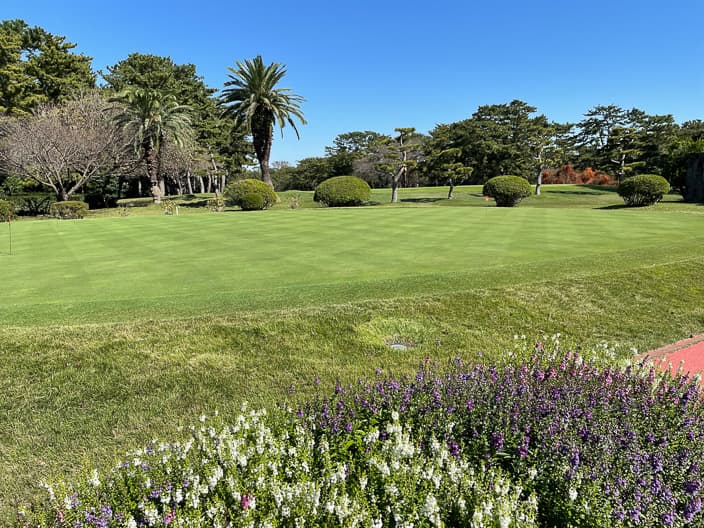
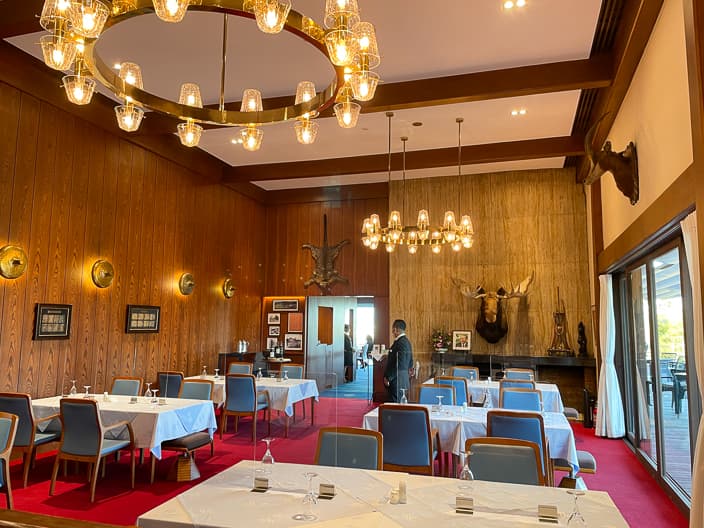
It opened in 1962, and was built by Noboru Goto, who was the second generation of the founder and was said to have revived the Tokyu Group, and was so fond of golf that he called himself a “graduate of the University of Tokyo Golf Club” with Handicap 2.
Goto has been a friend of former Prime Minister Nakasone for 40 years, and after taking office as Prime Minister Nakasone, he supported him as a brain, and for that reason Nakasone also served as the president of this club. The name of former Prime Minister Nakasone still remains on the clubhouse handicap board.
Goto is said to have created the Three Hundred Club as a salon-like golf club at the top of the business world, with the belief that “golf is the healthiest thing to connect many people with each other”. The restaurant of the clubhouse is decorated with the head of a giant elk, and underneath it is the remains of Goto to speak to the members visiting the club.
Chigasaki, where the course is located, has a warm climate and is easily accessible from central Tokyo, and is highly evaluated as a course where busy members can easily enjoy comfortable play throughout the year.
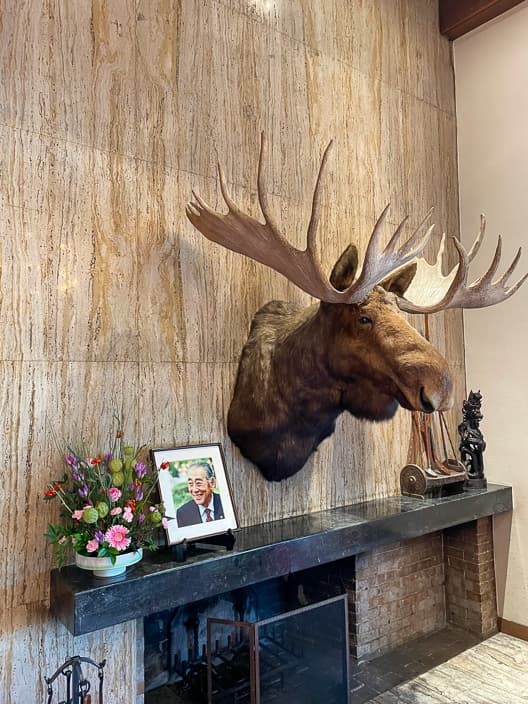
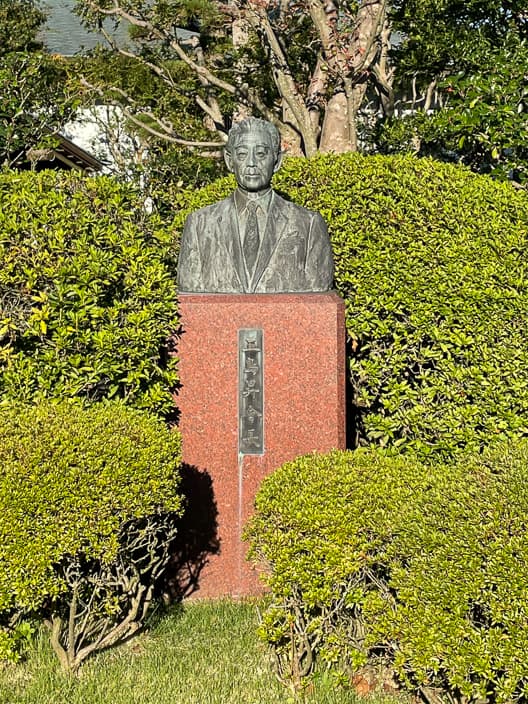
The course has 18 holes, 6,875 yards and a par 72, and of course the maintenance is excellent. It is a beautiful course filled with 121 kinds of trees by the landscaping designers of the Tokyu Group. It goes without saying that the caddies in cute English uniforms are well-educated and the hospitality of the employees is of the highest level.
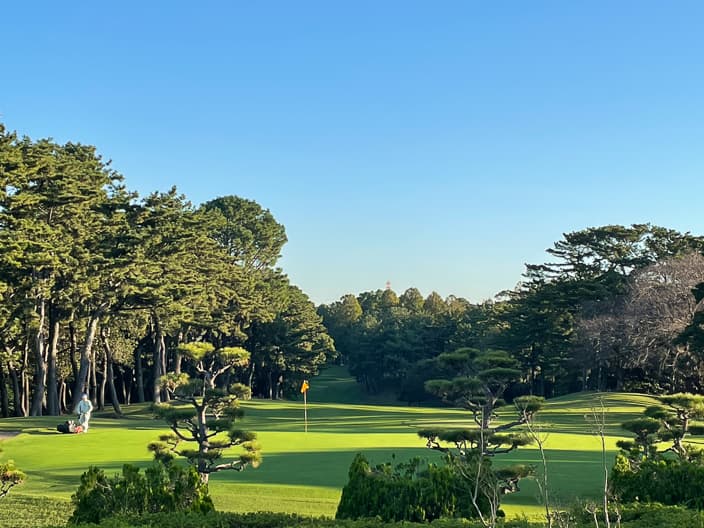
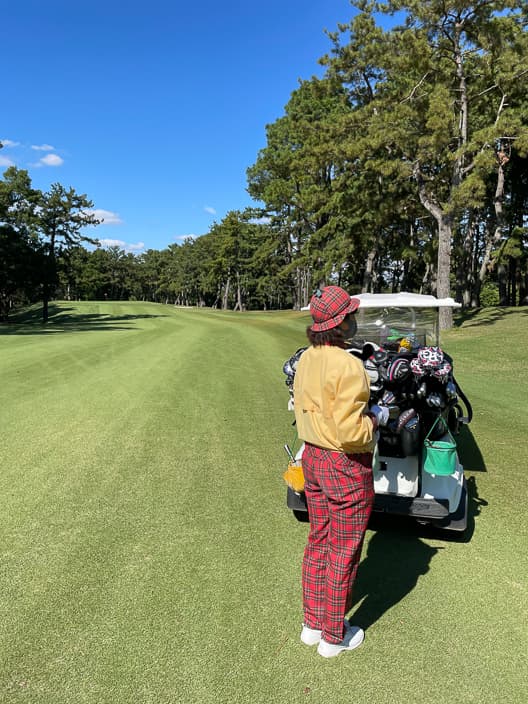
However, as it is said that the amount of soil moved at the time of construction was small, it is a course with many ups and downs because the topography of the hills is utilized as it is.
In addition, the fairway is completely separated by large trees such as pine trees, and because of the landscape, there are many branches that are not pruned, so it feels narrow, and the distance is neat, so it is not an easy course.
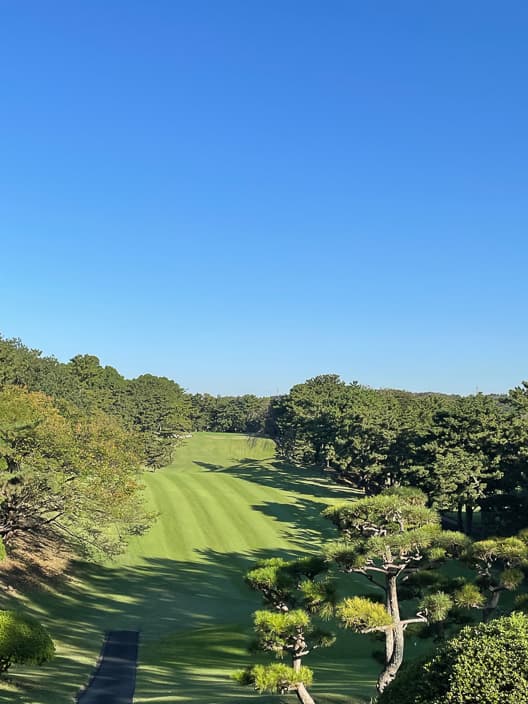
The famous hole is the 9th hole (570 yards, par 5). Since the original terrain is left as it is, the player will have to climb a long steep slope to the green, making it the largest strategic hole on the course. The guard bunker is also much deeper than the player’s height, and he told former Prime Minister Nakasone that he had no choice but to throw the ball at the end, but Goto seemed to like this hole very much, and he said in his will, “Do not remodel it forever. “
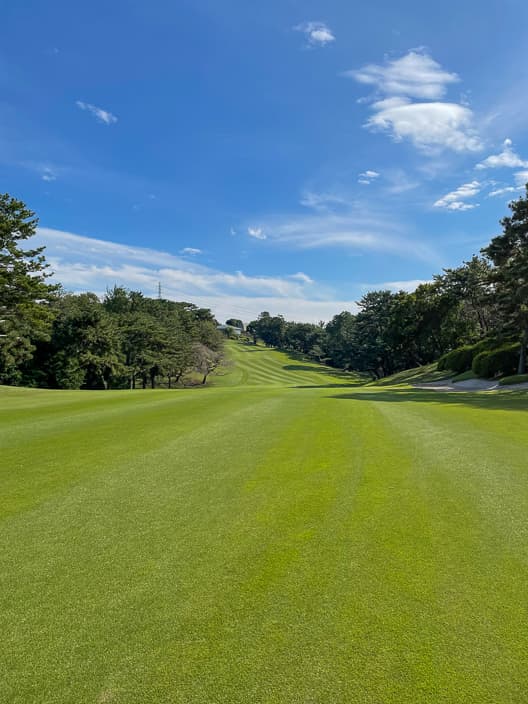
Let’s look at the other halls.
The 1st hole (380 yards, par 4) is a straight middle hole, but the fairway feels narrow due to the trees growing on both sides. After the second shot, the bunker continues to the right side until the green, but the left side is a wall-like slope, so you should go from the side.
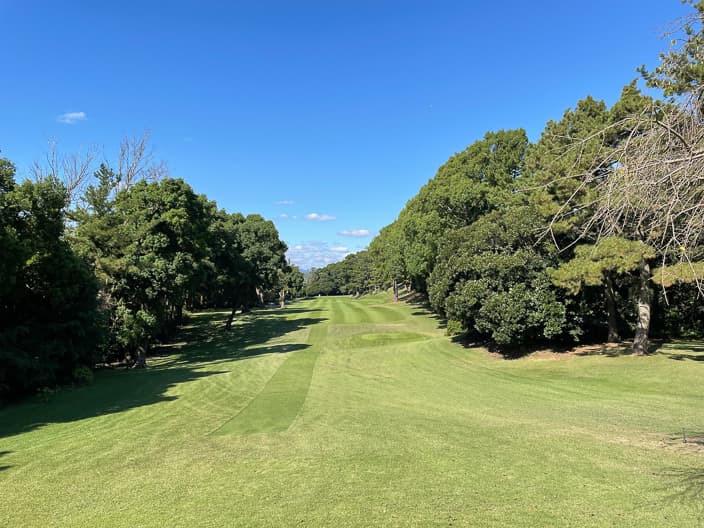
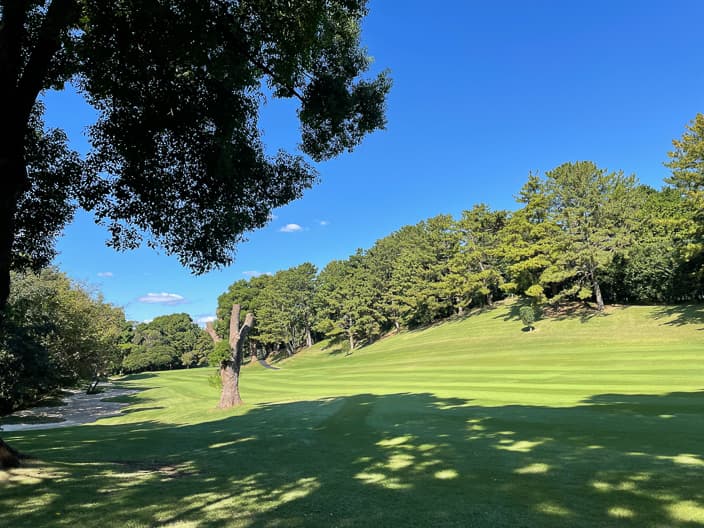
The 2nd hole (405 yards, par 4) is a middle hole with a distance, and the trees on both sides of the tee ground area are protruding and intimidating the player. There is a cross bunker on the right side of the fairway, and beyond that is a difficult hole with a narrow fairway.
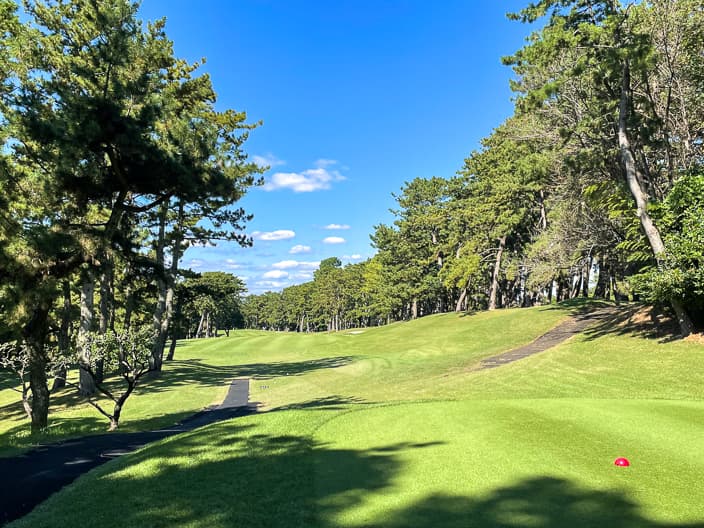
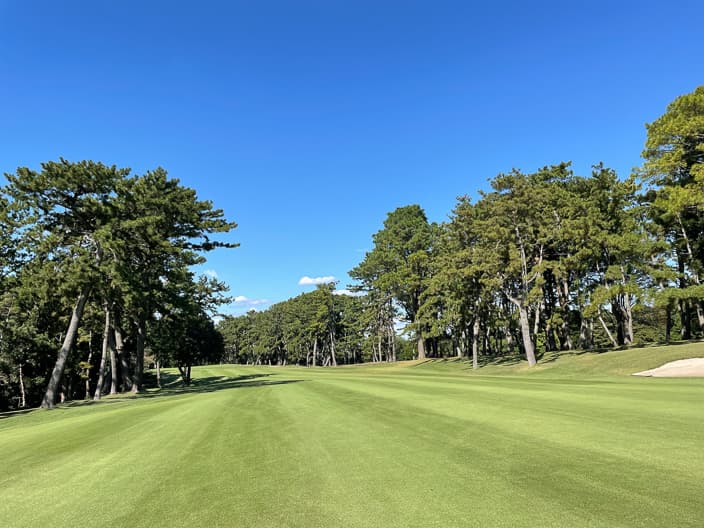
The 3rd hole (160 yards, par 3) A beautiful short hole, but with a pond on the right and tall trees on the left, the tee shot should be carefully aimed at the center.
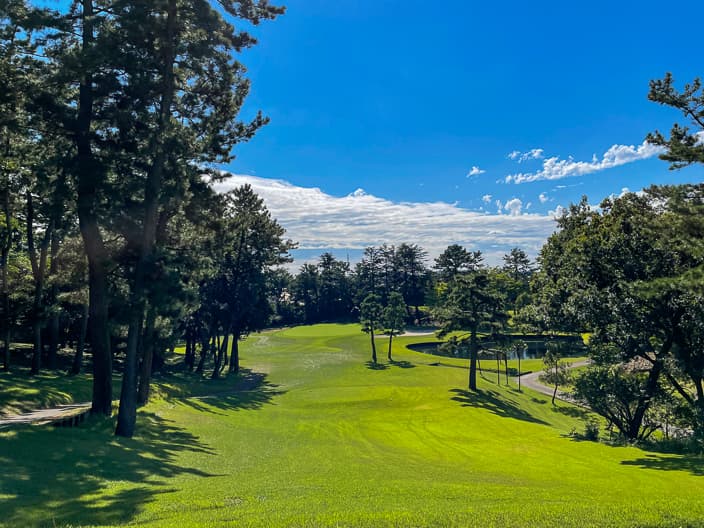
4th hole (480 yards, par 5) This is a relatively short long hole, but it is a little difficult because the fairway seen from the tee ground is narrow and the uphill slope continues.
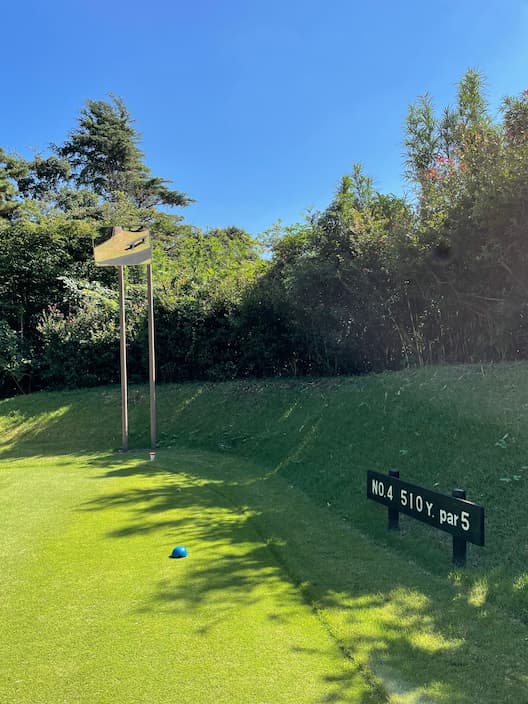
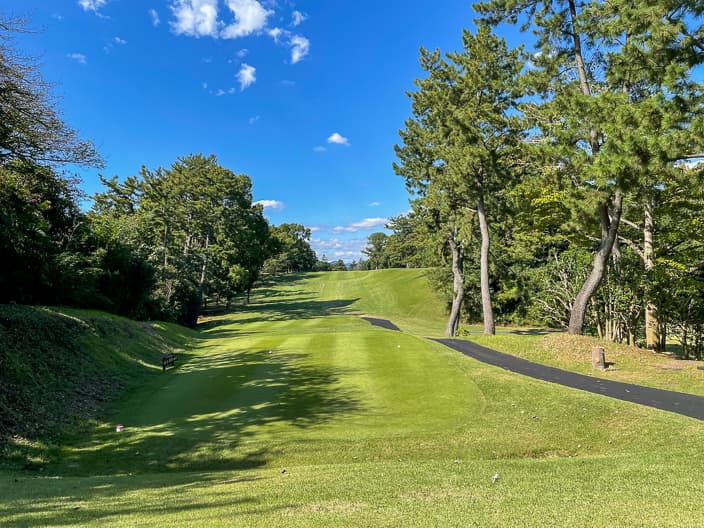
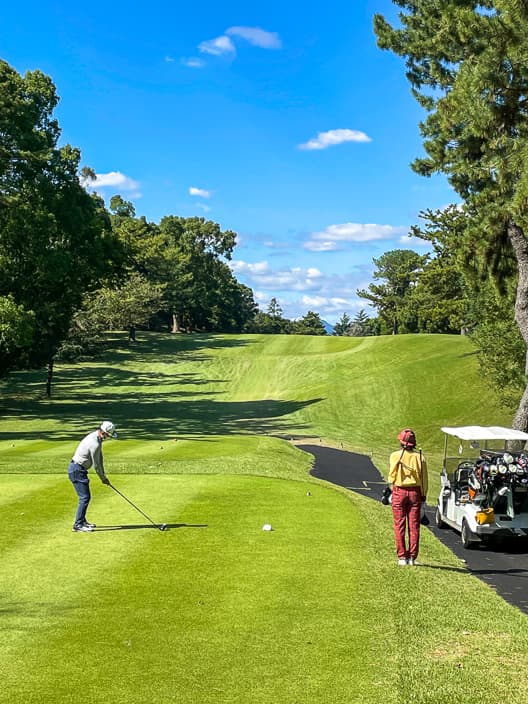
It is also a famous hole because there is a large mirror at the back of the tee ground so that Caddy can see the preceding group under the slope. When you go up to the tee ground, Caddy first stands with her back to the course, so you’ll be surprised if you don’t know the reason!
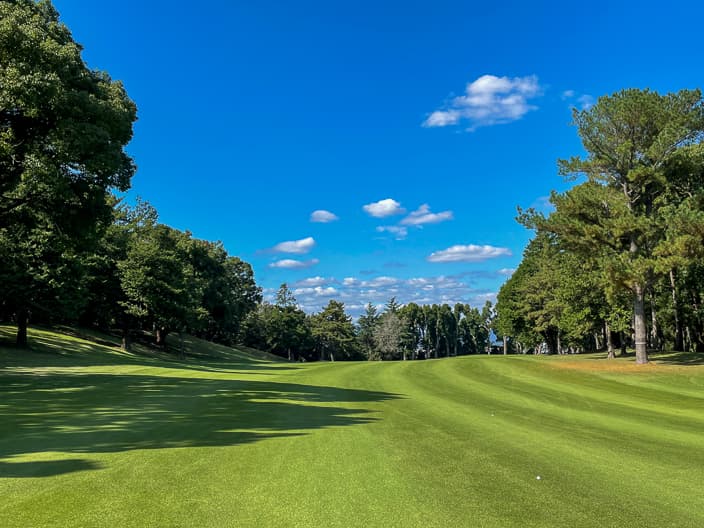
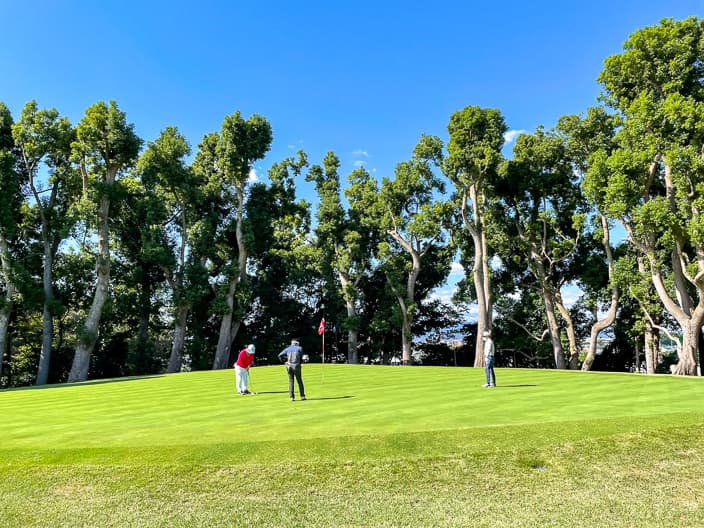
The 5th hole (350 yards, par 4) is a straight middle hole and the distance is relatively short so you can aim for a par, but you need to be careful because there is a big standing tree on the left side of the center of the fairway.
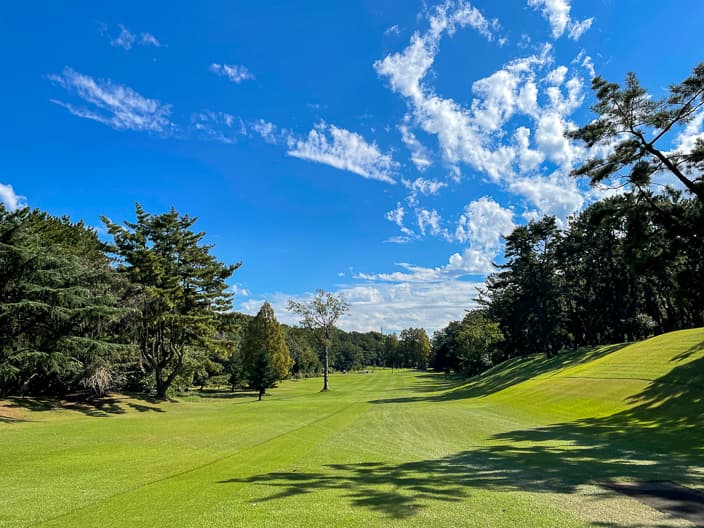
The 6th hole (375 yards, par 4) is a middle hole with a large dog wreck on the right, and there are large guard bunkers on the left and right near the tee shot drop point. If you do not avoid this and fly firmly, you will not be able to aim for the green with the second shot.
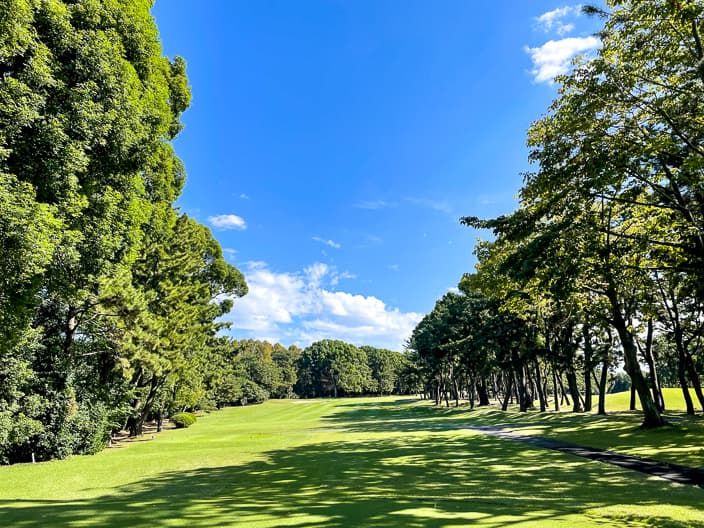
The 7th hole (335 yards, par 4) is a relatively short middle hole with a dog wreck to the left, but the fairway is narrowed by many large and small guard bunkers and trees around the green, so 2 on is not easy.
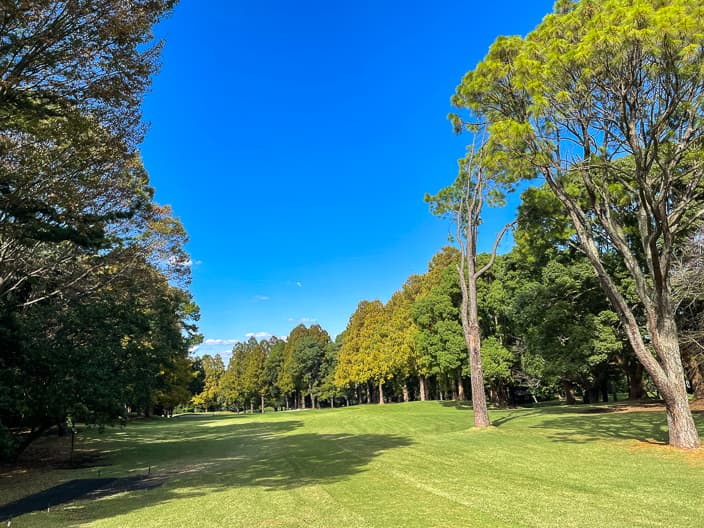
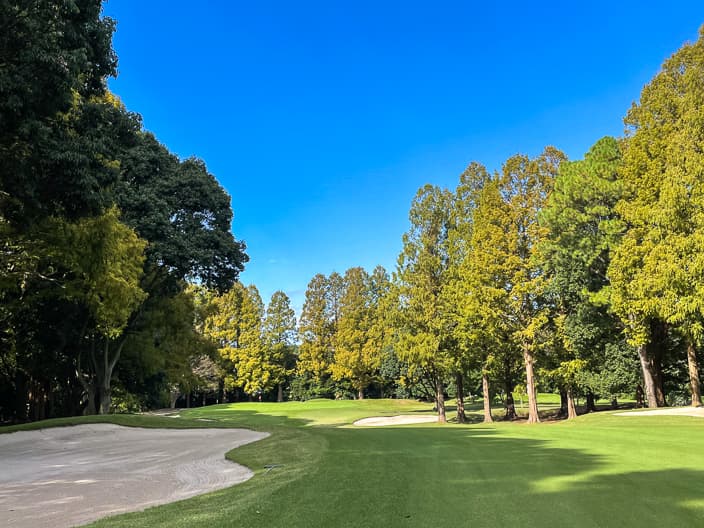
The 8th hole (180 yards, par 3) is a short hole with a little distance, but it is not difficult if you hit it firmly without making a mistake in selecting a club for the tee shot, because it is straight and has few hazards and obstacles.
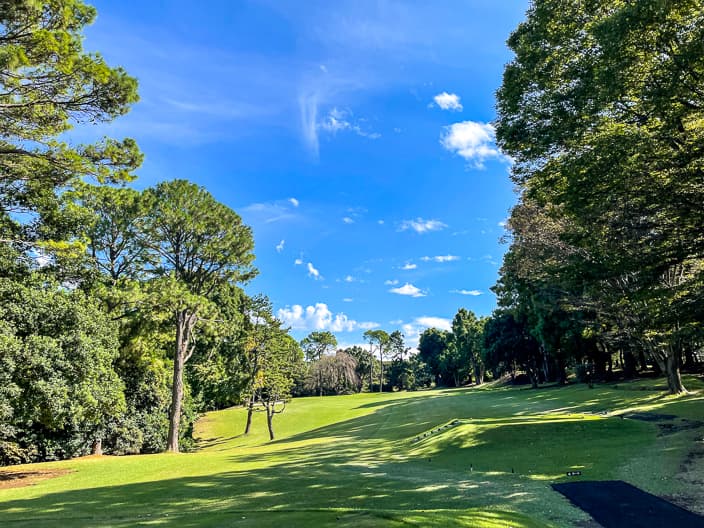
9th hole (540 yards, par 5) , this is a famous long hole where Noboru Goto left a will to never remodel it forever. The player climbs a steep slope while gently dog-wrecking to the left, so it is a hole with the impression that it cannot reach the green at the top of the mountain.
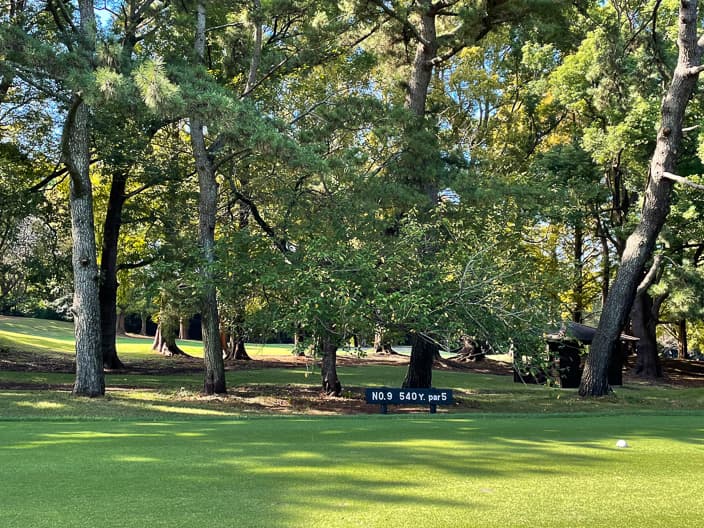
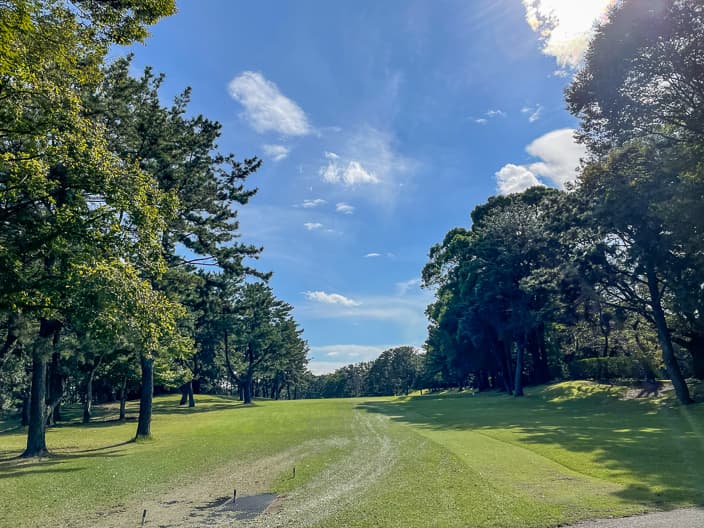
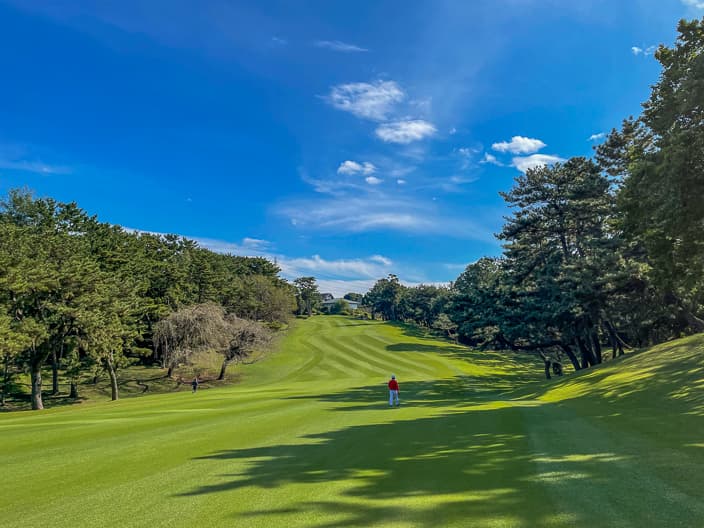
Moreover, if you get caught in a guard bunker, you have to hit a bunker shot that is much taller than you, which is the most difficult hole on this course. However, when you look back after the hole out, the beautiful scenery spreads and you forget the score and feel refreshed.
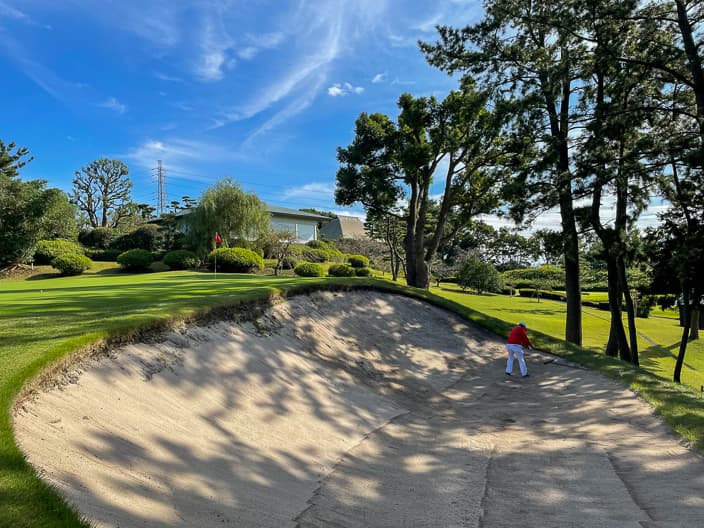
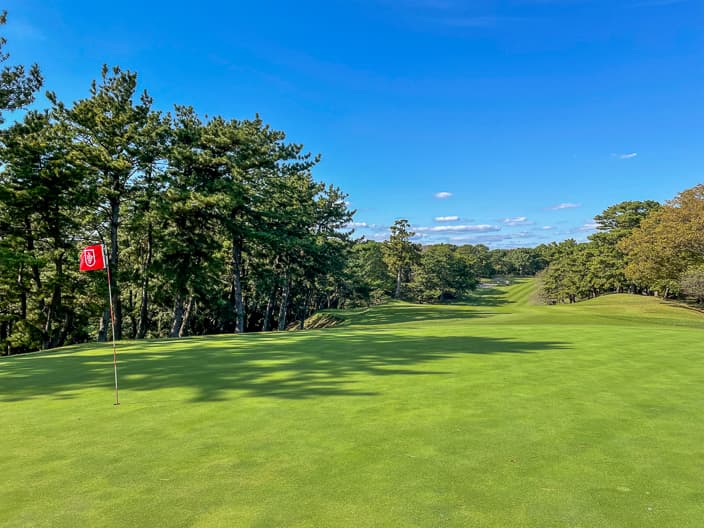
The start of the second half of the 10th hole (415 yards, par 4) is a dynamic downhill middle hole, but the distance is long and the green is on a steep slope, so it is a hole that is difficult to par on as well as get par.
It is a famous hall that is said to have been forbidden to be remodeled by Noboru Goto because it was built using the terrain as it is, along with the previous No. 9. These two are also called the Threehundred Club’s Amen Corner.
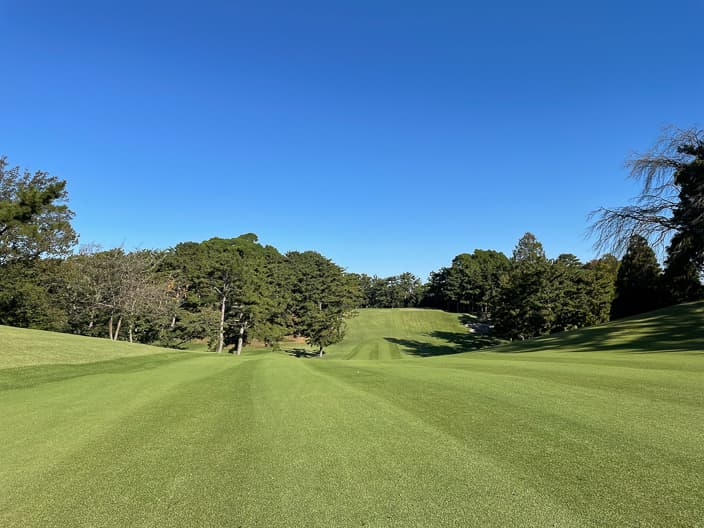
The 11th hole (175 yards, par 3) is a short hole with a distance over the pond. The tee shot feels pressure, but there is almost no difference in elevation to the green and it is spacious, so it is not so difficult if you can hit a bold tee shot without worrying about the pond in front of you.
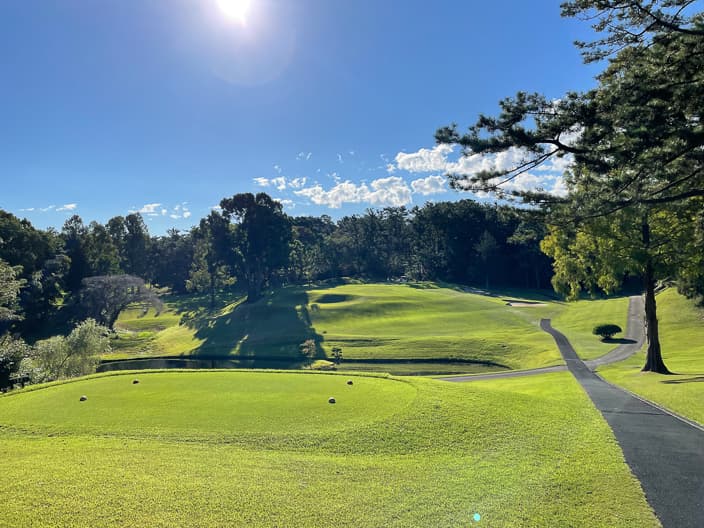
The 12th hole (375 yards, par 4) is a straight middle hole, but in front of the tee ground, large trees on the left and right narrow the fairway, and three large guard bunkers are waiting for you, so you need an accurate tee shot.
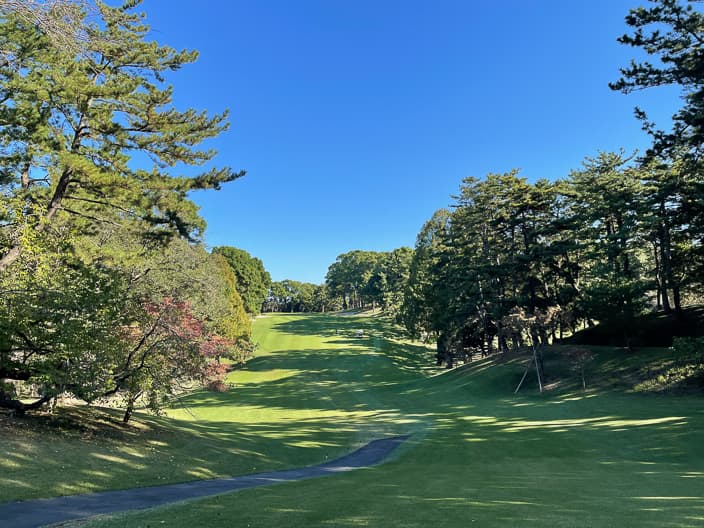
The 13th hole (495 yards, par 5) is a straight long hole with a relatively short distance. However, there is a thick tree standing in the middle of the fairway, so you need a tee shot with a height and distance to avoid this.
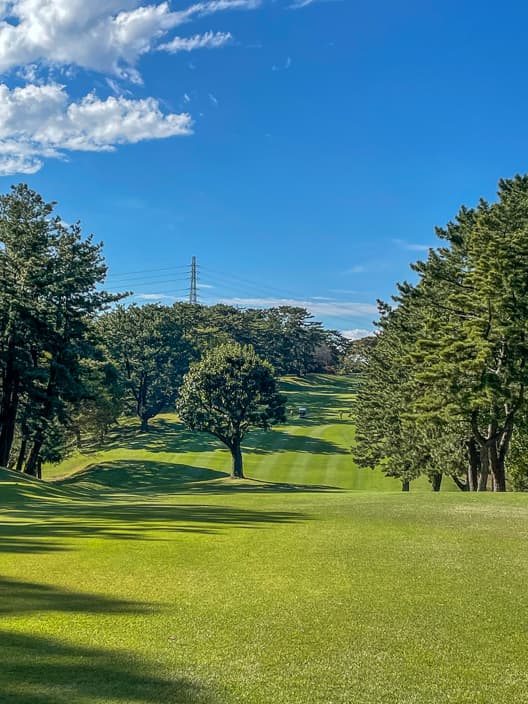
The 14th hole (385 yards, par 4) is a middle hole that feels like it is downhill in a valley narrowed by overgrown trees. Beyond that, it is a difficult hole with a narrow fairway dog-wrecked to the left that continues to the green.
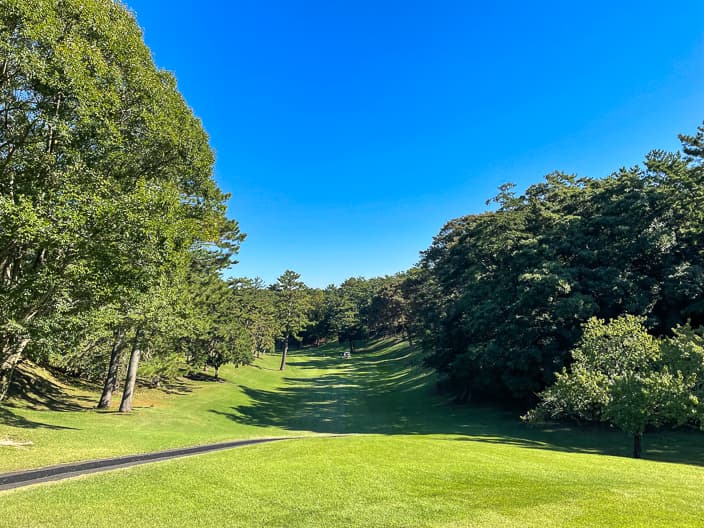
The 15th hole (305 yards, par 4) is a relatively short middle hole, but in front of the tee ground, large branches overhang from the left and right to narrow the fairway, and the fairway at the tee shot drop point draws an S shape with many guard bunkers in the vicinity. If you can hit a tee shot that avoids these, you will get a good score.
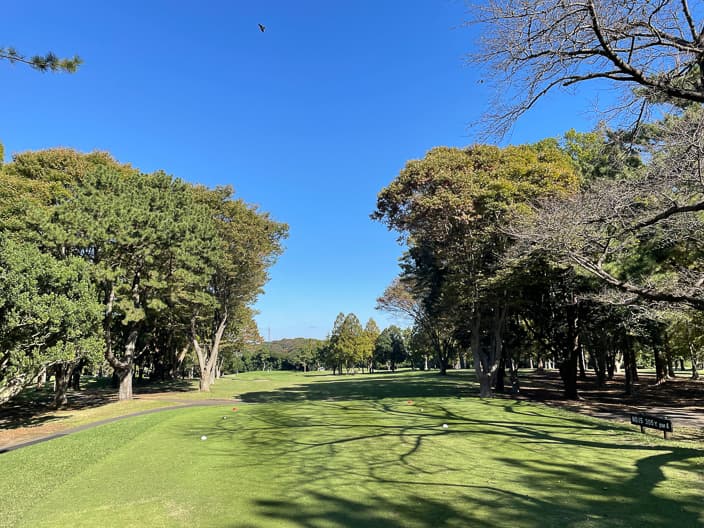
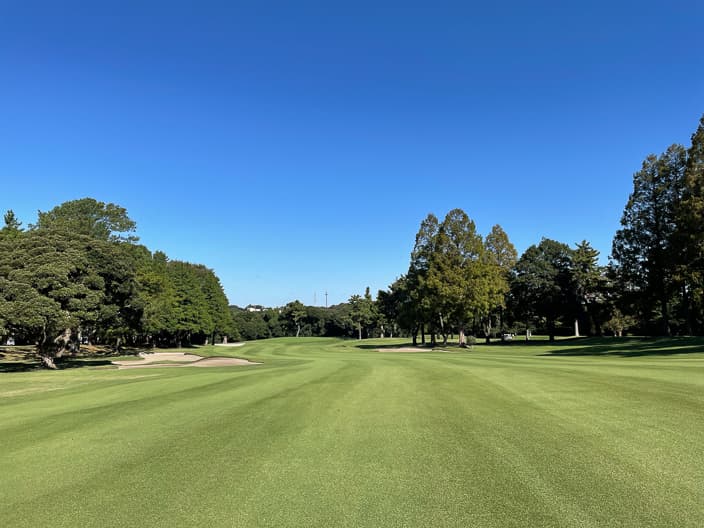
The 16th hole (150 yards, par 3) is a short hole that looks spacious, but tall trees stand like a gate on the left and right sides of the fairway, narrowing the course of the tee shot. In addition, four guard bunkers are firmly guarding, so you need to hit a tee shot with a high ball that stops firmly on the green.
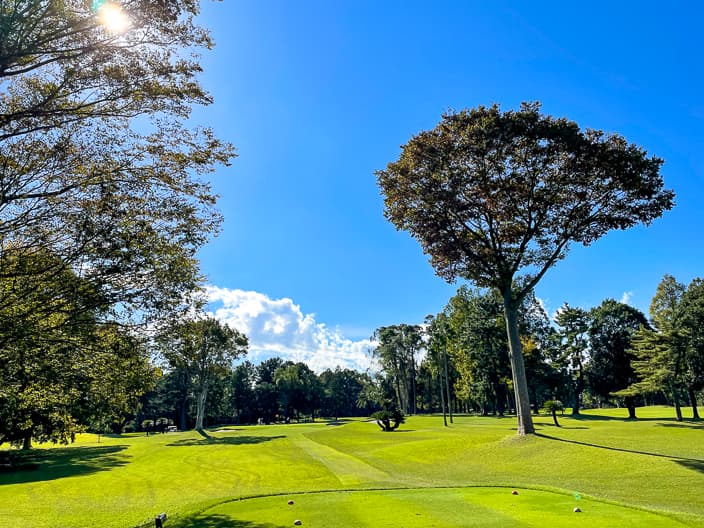
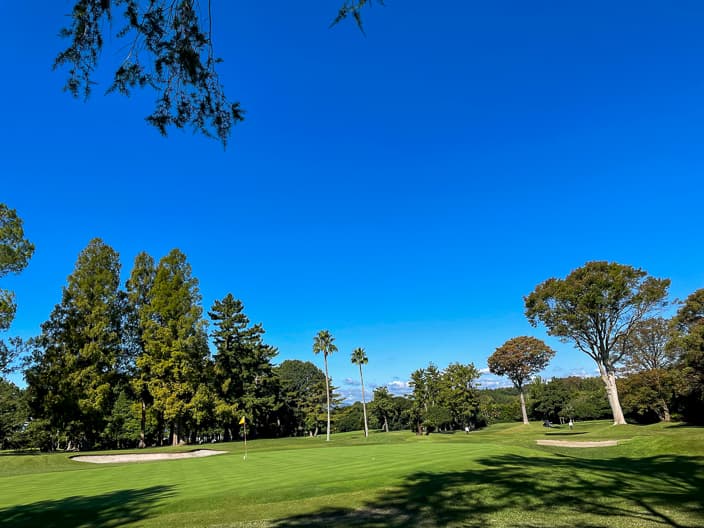
The 17th hole (505 yards, par 5) is a relatively narrow fairway draws an S-shape, making it difficult to aim for the green with the third shot, and it is a hole that will not let you down until the end.
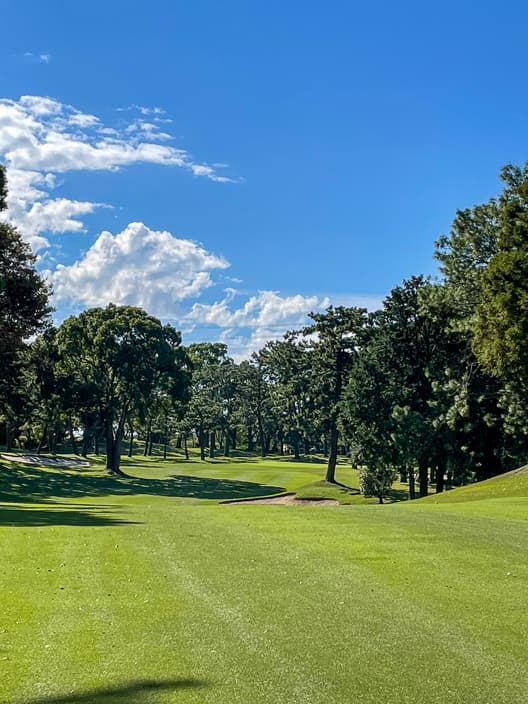
The 18th hole (330 yards, par 4) is a hole where you can hit a tee shot in the direction of the steel tower in the middle of the wide fairway. It’s a little right dog wreck, so you have to avoid the guard bunker on the right side of the fairway and catch the green from the left side then you can comfortably hole out.
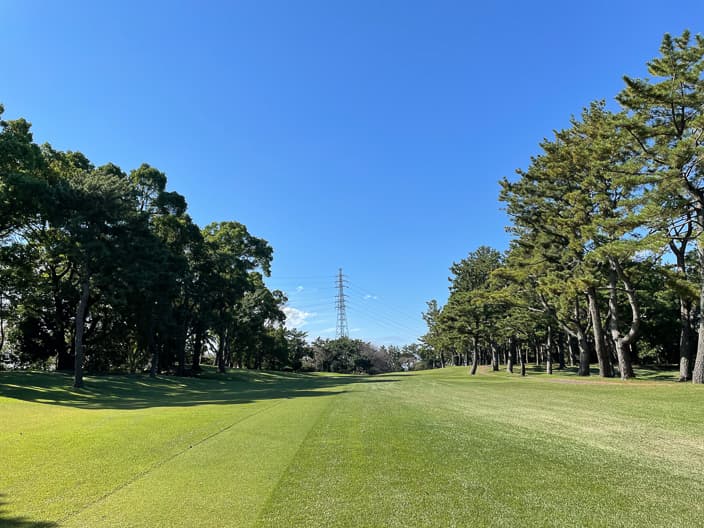
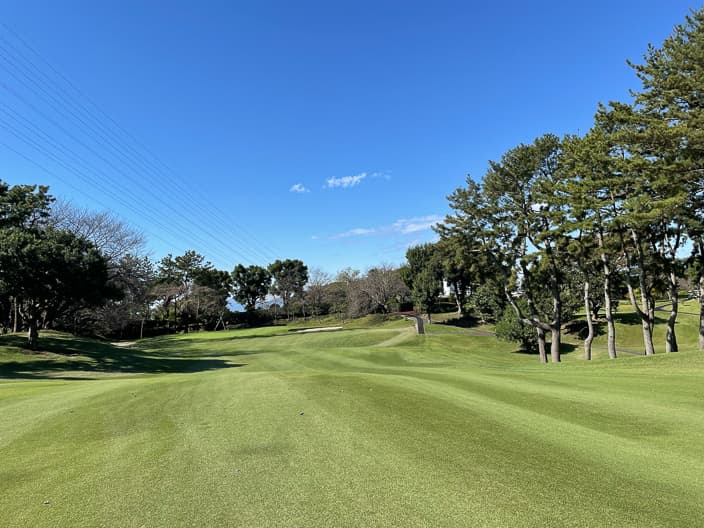
After playing golf, you could relax while enjoying the goodness of the prestigious private club by looking at Mt. Fuji from the elegant and small clubhouse in a calm mood.
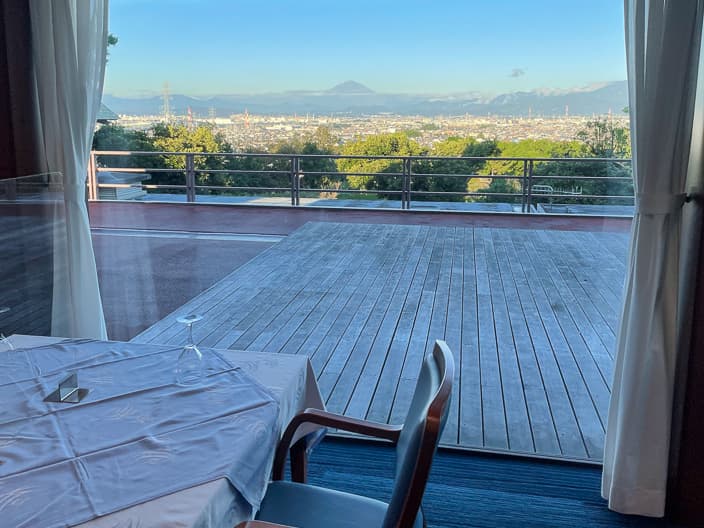
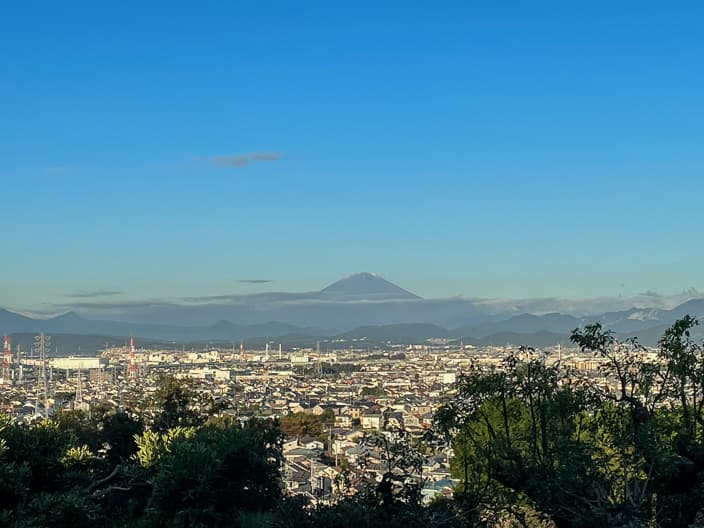
By the way, the pillar standing at the entrance of the clubhouse was engraved with a famous theory of the Analects.
“I’m especially happy that my friends came from afar.” “You must not enter here with your status, position, or occupation in mind.” It ’s a word that expresses the spirit of this club.
It’s never an easy course to play, but if you’re a golf enthusiast, it’s well worth the challenge once you find a chance to play. I’m sure that you will surely feel happy and satisfied with your efforts and good luck.
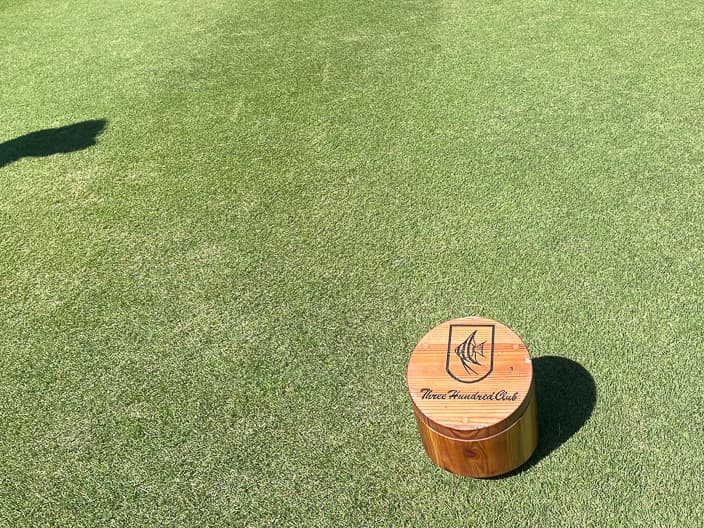
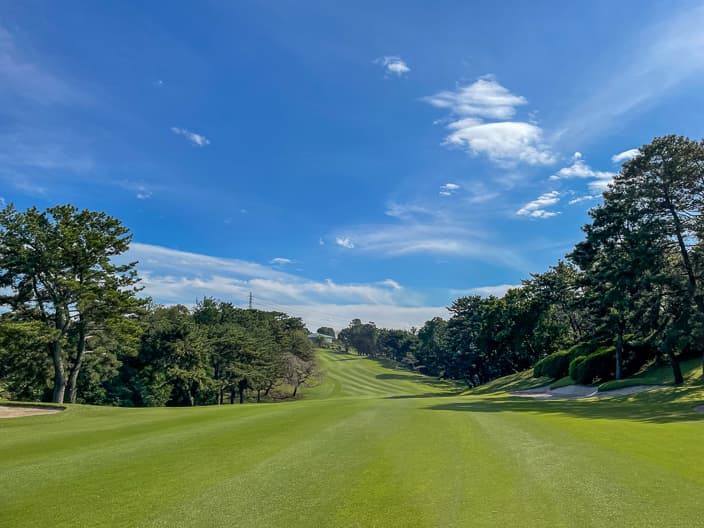
Three hundred Club
| Address | 441 Amanuma, Chigasaki-shi, KANAGAWA |
| TEL | 0467-53-0300 |
